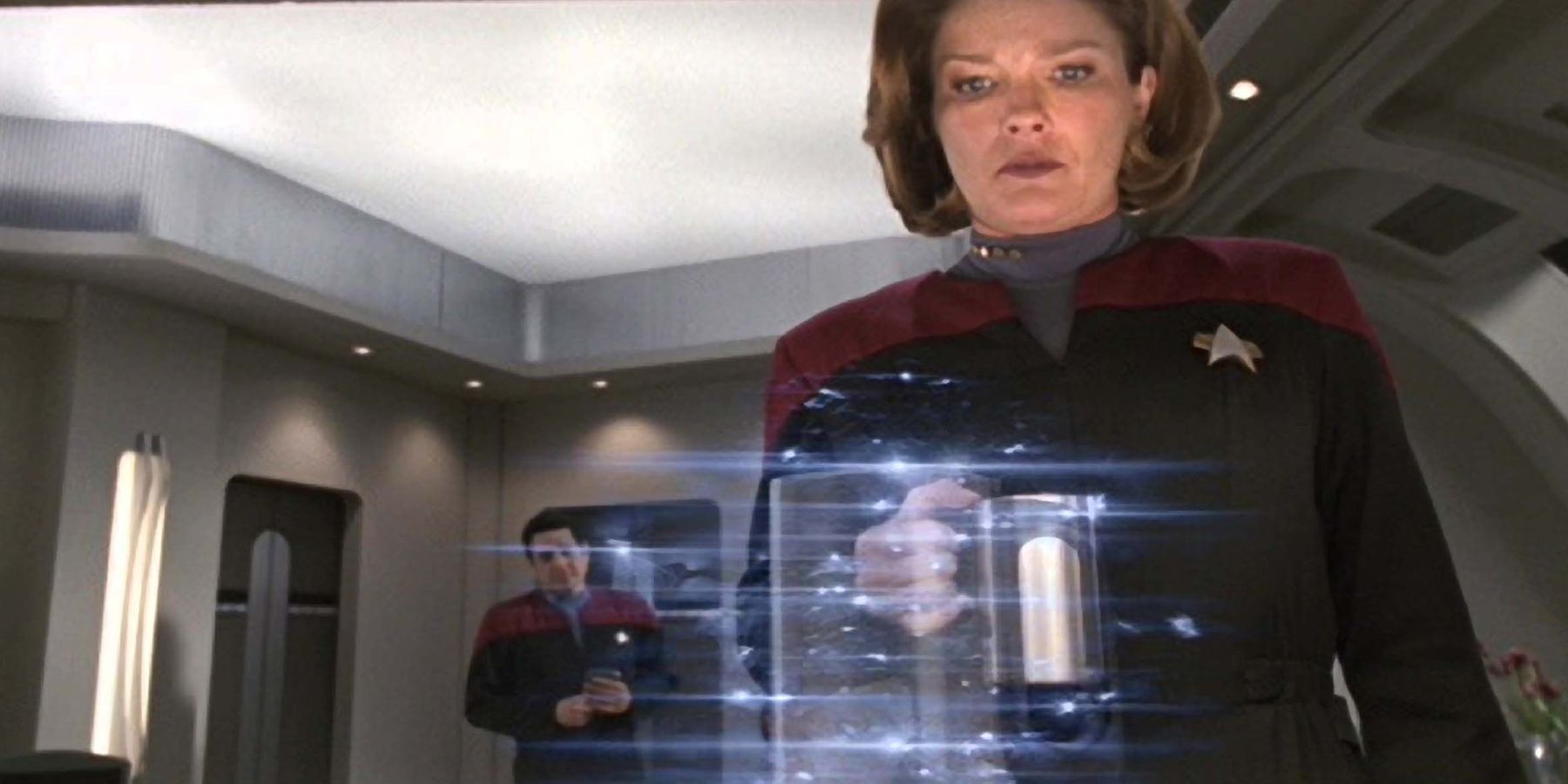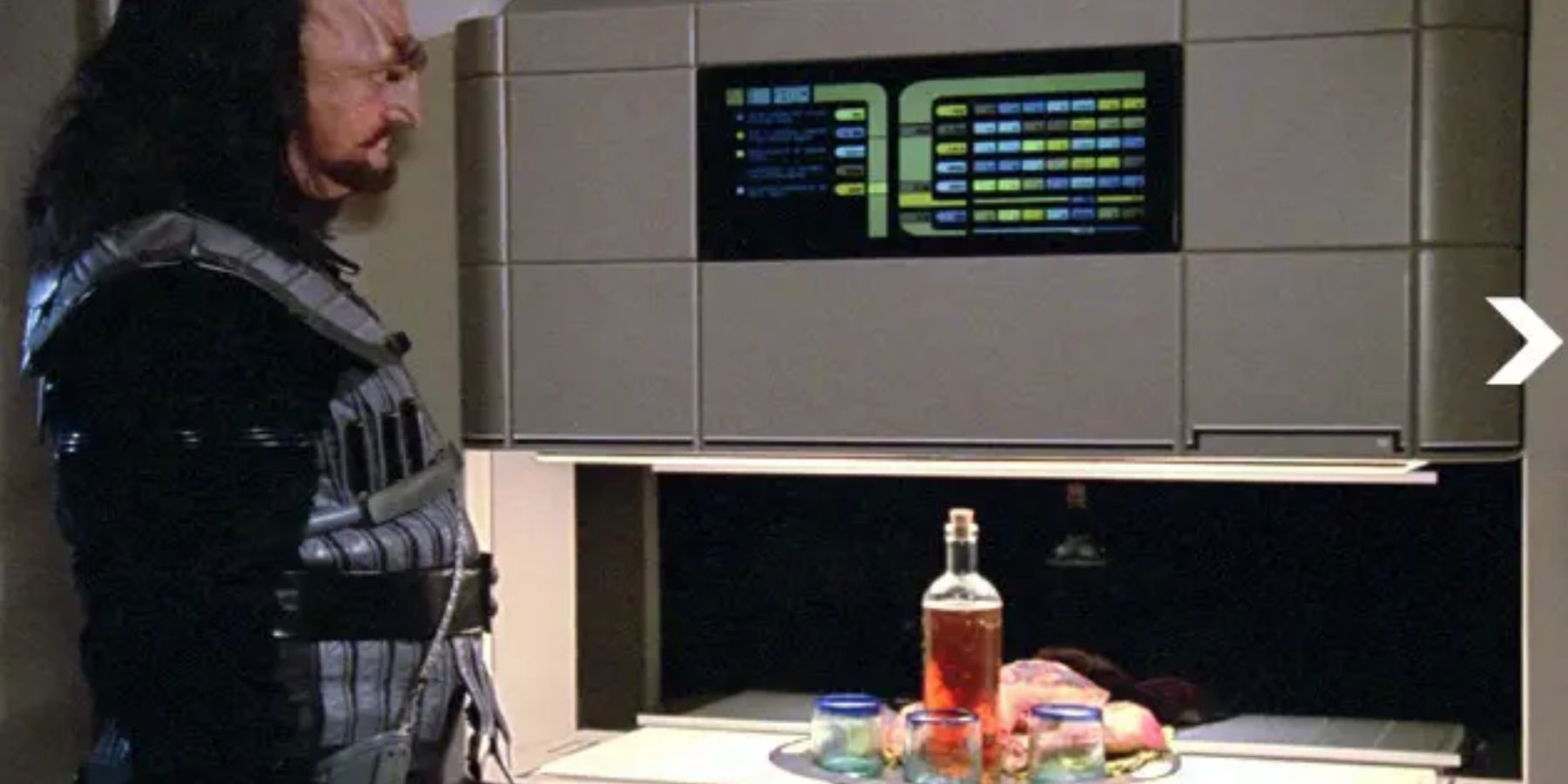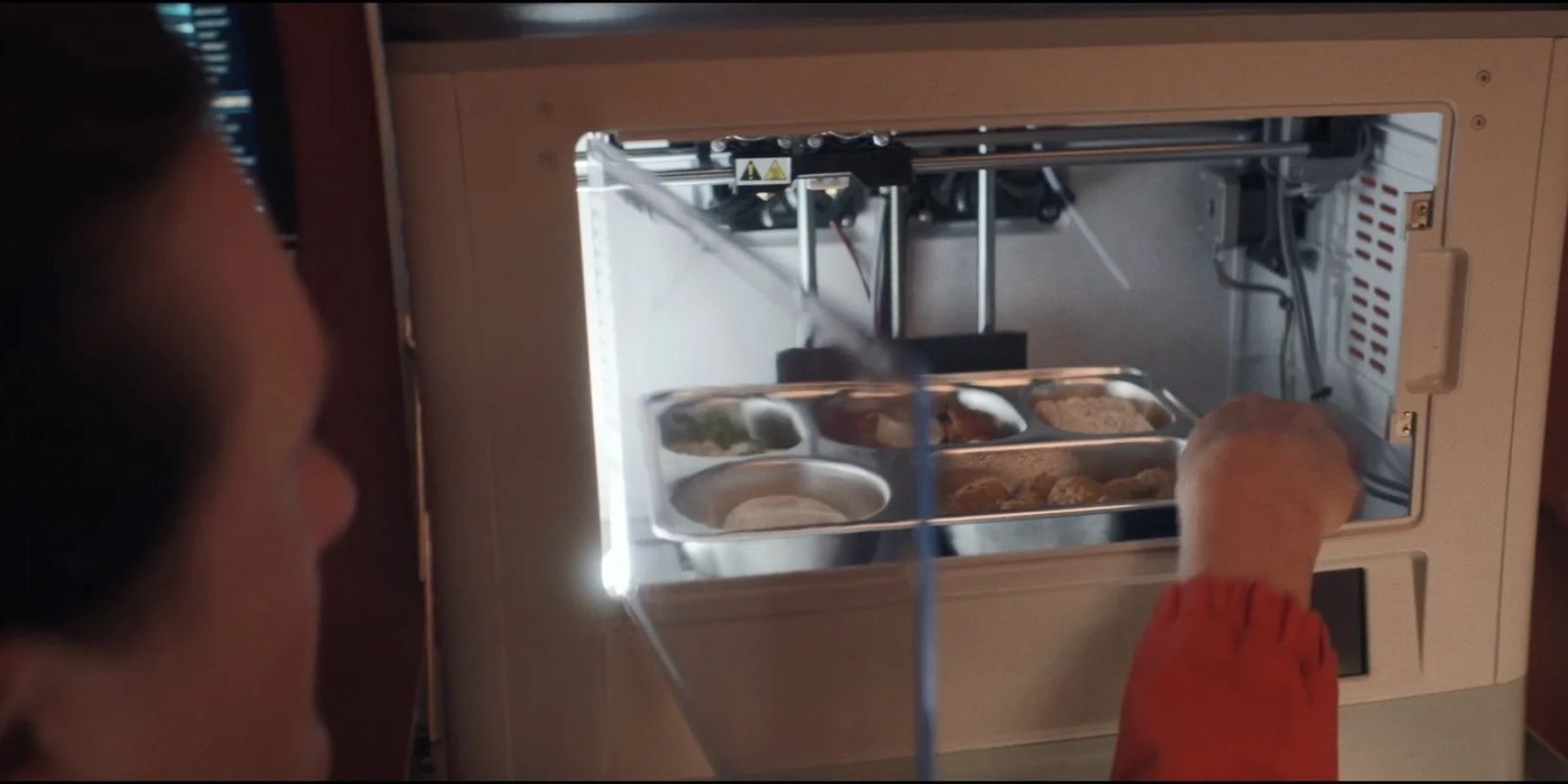The Star Trek universe is arguably one of the most interesting sci-fi creations of our time. It cleverly combines human social commentary with a broadening spectrum of possibilities for the future. Star Trek contains many possible answers to everyday problems that exist in modern society, but also paves the way for technology that is theoretically feasible to be created in the future. These technologies are based on principles already being discussed and trialed within the world today. One example is the transporter, which allows matter to be deconstructed and then reconstructed in a different place, essentially allowing teleportation. Another is the Warp Drive, allowing ships like every iteration of USS the Enterprise to bend time and space. This allows them to to travel from one end of the galaxy to another, faster than the speed of light.
But one of the most incredible pieces of technology in the Star Trek Universe are replicators. These gadgets can recreate matter of all kinds, from substances like wood and metals, to material objects, to food fit for human consumption. Although this may seem at first like it would create an absolute utopia where no one ever has to go without, there are several things that get in the way of solving world hunger, one replicator at a time. These include societal constraints of access to the replicators as a monetary commodity which are unaffordable. There are also limits to the functions of replicators themselves, which have their own list of rules that their technology must adhere to. Knowing this, how does this miracle technology work?
When replicators were introduced as a staple use for the Federation in The Next Generation, they were explained as being able to reconstitute inanimate matter, by essentially cloning the original material that is placed into the scanner. The computer would ingest all the individual components or cells of the object, and then produce an exact copy of them cell by cell. It then reproduces those to create an artificial version of the original item.
Unfortunately, as this is a complicated process, the output of the replicator is never as good as the original version. Often, the food doesn’t taste the same, or the clothing doesn’t retain the same color or feeling as the original. It is important to remember that the replicators may be recreating an original that was scanned several decades ago. As such, it may have produced a diluted version of that original object. This is just one reason why the Federation are against using replicators to recreate organic or living material. For example, they would not allow replicators to recreate organs, or entire human bodies, despite it being theoretically possible.
Replicators do not work like Star Trek’s transporter technology. Transporters essentially take all the components of the original things and simply reconstruct it elsewhere. It's like building a structure out of Lego bricks in the living room, taking it apart to its individual pieces, and then rebuilding it in the garden. On the other hand, replicators do not retain the original material. Rather, they recreate a separate version of it, a version that is often considered lesser in some ways. In using replicators to try to recreate life or living matter, the Federation would be going against the fundamental moral and ethical guidelines of their organization. So although it is demonstrated to be possible by other races in the series, it is strictly prohibited by the Federation.
Beyond the ethical limitations placed on replicators by the Federation, there are technological limitations to how they work as well. The replicators work primarily by converting energy into matter. While the specifics of this are not officially canon, the general consensus is that they use the energy they are fed to rearrange an array of easily accessible atoms into whatever they are asked to create. Things like food and clothing are fairly simple (at least for a futuristic sci-fi supercomputer), because they are made of accessible molecules that are simple to create molecules. A t-shirt, for example, is most likely made from 100% cotton. Cotton is composed of pure cellulose, a polymer that is made up of hydrogen, carbon, and oxygen atoms. These are all easily accessible and creatable for the computer.
The more complex the creation, the more power the replicator needs. This concept is explored in the Voyager series, where power is limited and each member of the crew has replicator rations to help save energy. Tom Paris, argumentative ship pilot, uses a replicator to create a gold locket. This is suggested to have taken up a lot of his rations, as it was much harder for the machine to create. On other ships not restricted by power, this is still an issue. No ship in the Star Trek universe possesses enough power to create things like lithium, antimatter, or dilithium (a rare substance not found on Earth). These are far more complicated, relying on multiple fusions of atoms and complex molecule strains. It’s why the notion of industrial replicators are so pivotal to the infrastructure of the Federation. These devices are created specifically and given ridiculous amounts of power; thus they are able to cope with far more complex replications.



